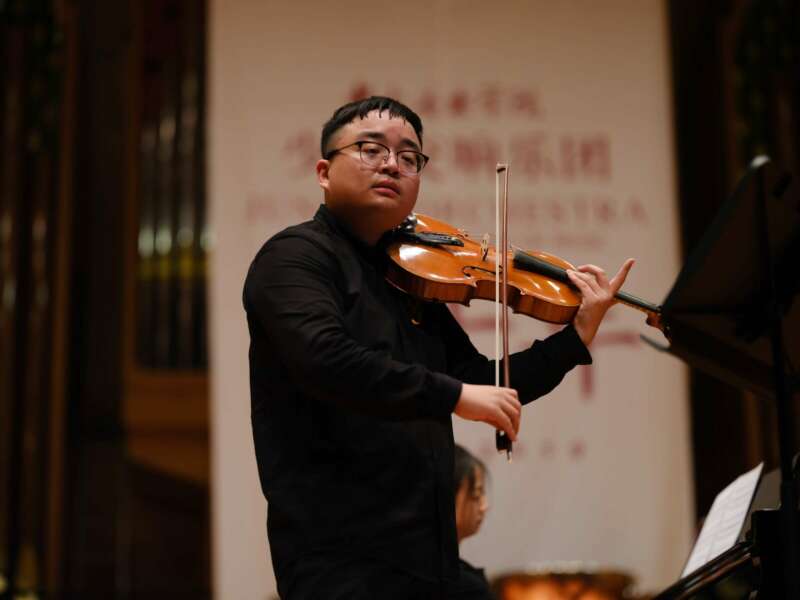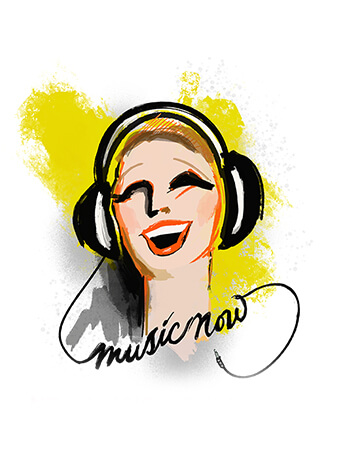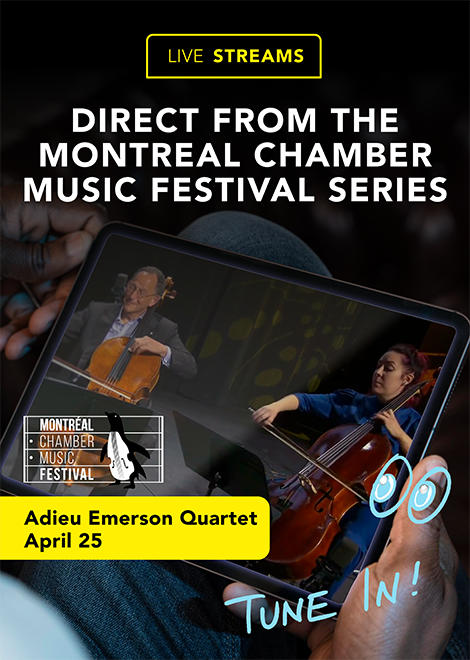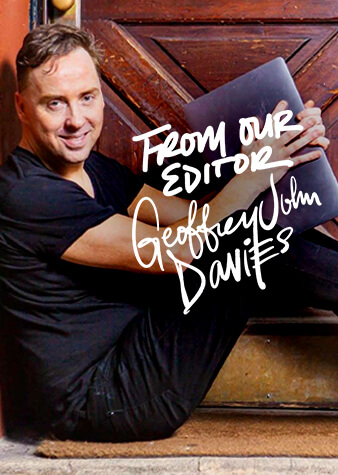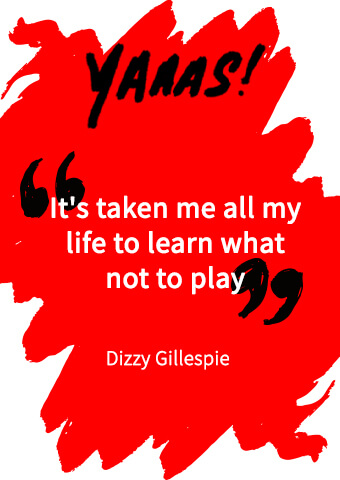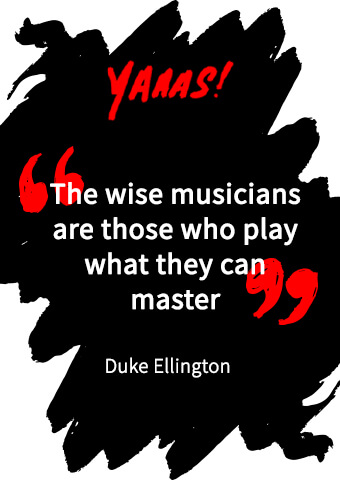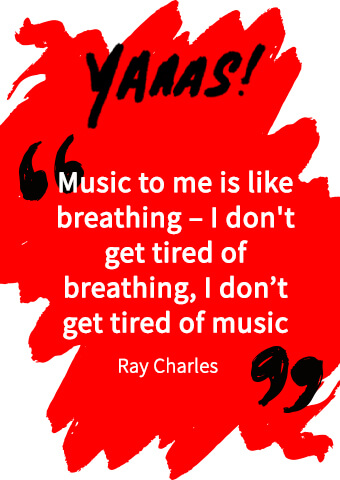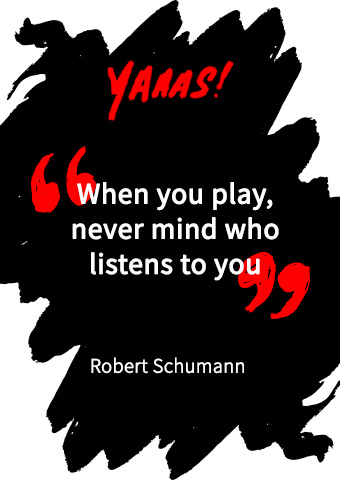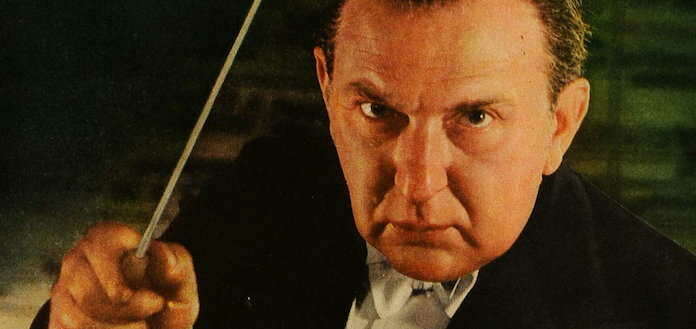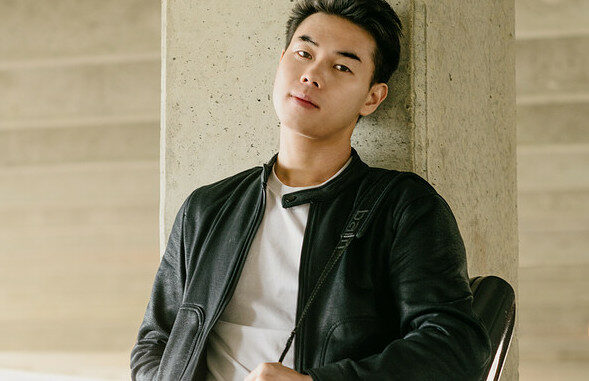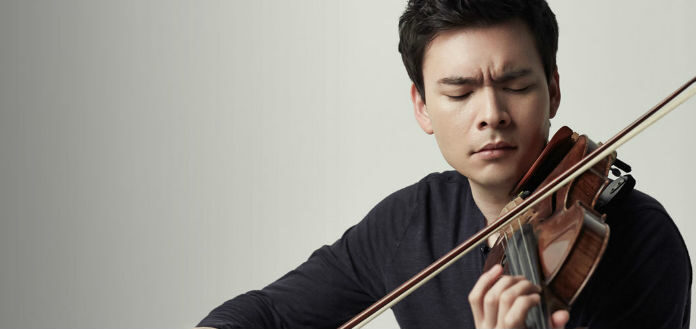Florence Price
(1887-1953)
Summer Moon
Florence B. Price was born Florence Beatrice Smith in Little Rock, Arkansas in 1887. Her musical studies started with her mother well before the age of four. Florence eventually went to study at the New England Conservatory, graduating within just three years in 1906 with a Teachers Diploma in Piano and a Soloists Diploma in Organ. There, she studied with George Whitefield Chadwick, composer and professor at NEC, who encouraged Price to utilize melodies, rhythms, and harmonies from spirituals and folk tunes.
Once married in 1912, she moved back to her home-town of Little Rock. Due to harsh segregation, however, it was difficult for her to find employment and was refused admission to the all-white Arkansas Music Teachers Association. In response, she founded the Little Rock Club of Musicians and taught music at segregated Black schools. As racial tensions grew resulting in a lynching, Florence moved with her family to Chicago in 1927.
Price eventually began to win competitions and prizes, gaining her compositions widespread recognition in the 1930s. In 1932, her Symphony in E minor won the Rodman Wanamaker Prize, catching the attention of conductor Frederick Stock. He went on to premiere the symphony with the Chicago Symphony Orchestra, making Price the first African-American woman to have an orchestral piece played by a major American orchestra. Her extensive compositional output includes four symphonies, a piano concerto, and two violin concertos, in addition to works for chorus, solo voice, chamber ensemble, and solo piano. Within the titles of many of these works, she depicts the life of slaves in the U.S. just a mere two decades before her birth.
On this program, Summer Moon is an example of one of Price’s shorter character pieces. Written in 1938, it is one of at least two compositions associated with the singer, jazz pianist, and social activist Memry Midgett (1920-2013). A student of Price, she went on to play as one of Billie Holiday's accompanists, performing with Holiday and Count Basie in Carnegie Hall in 1954, and becoming a beloved figure of the jazz scene of the San Francisco bay area. It is no surprise, therefore, that one can hear the heavy influence of jazz idioms in Summer Moon. Price employs parallel non-functional seventh and ninth chords throughout, along with the songful melodies she is most known for. Within the rich, highly chromatic harmonies, the imagery of a serene summer night is clear. In ternary form (ABA) with a coda, the piece is an example of Price seamlessly integrating the styles of Western classical music and with the American vernacular repertoire.
By the end of her life, her composition output included close to 300 pieces, and unfortunately, many of them remain unpublished. Her music was grossly overlooked in the classical music industry after her death in 1953. Price’s legacy was luckily preserved by African-American musicians and newspapers, and has slowly become more well-known and studied in the 21st century. She is now considered by many to be one of the pioneer Black symphonists, alongside William Dawson and William Grant Still.
Else Schmitz-Gohr
(1901-1987)
Elegy (for the left hand alone)
Possibly the least known composer featured in this concert is Else Schmitz-Gohr, who lived from 1901-1987. While resources and biographical information of this German artist are somewhat limited, the female composer and pianist had an impressive musical career. Born in Cologne, Else studied piano and composition at the Cologne Conservatory and Berlin’s Stern Conservatory. At the age of 17, she made her orchestral debut with conductor Herman Abendroth. After her studies, she toured internationally as a solo pianist, was awarded the Gustaab-Hollander medal, and recorded a number of discs for the Westdeutscher Rundfunk Köln. She was very fond of German composer Max Reger's music, programming it often and releasing a recording of his solo piano compositions in 1974. As a professor, she taught at the Stern Conservatory and Cologne’s Rheinische Musikschule and State Academy of Music. Some of her pupils include brothers Aloys and Alfons Kontarsky, Joachim Volkmann, Georg Kröll, Manfred Reuthe, Bernard Klee, and Dietmar von Capitaine to name a few.
As a composer, Schmitz-Gohr wrote one orchestral overture, five chamber ensemble pieces, and three works for solo piano that we know of. As such, her compositional output ranges from 1914 to 1957. Her three piano works include Fantasie in F-Major (1918), Suite (1945), and Elegy (for the left hand alone) (1926).
The latter piece, whose German title is Elegie (fur die linke Hand allein), is, as specified, played only with the left hand. Upon first glance, the score looks like it is meant for both hands. However, using only one, the performer has to continue the lyrical, legato melody in as smooth a manner as possible, while also jumping around the keyboard to catch the accompaniment. The end result is a beautifully haunting challenge for both the pianist’s technique and ear. The word elegy has multiple definitions, including “a song or poem expressing sorrow or lamentation especially for one who is dead” or “a short pensive musical composition.” Either definition could apply in this case and unfortunately, we do not have information regarding Schmitz-Gohr’s inspiration behind the work.
The tradition of writing for solely the left hand was clearly not lost on Schmitz-Gohr. It is interesting to note that the aforementioned Max Reger wrote 4 Special Studies for the Left Hand in 1901. Prior to that, the Chaconne from J.S. Bach’s Partita in D minor was arranged 150 years later by Johannes Brahms as one of his Five Studies. Some other left handed works include Alexander Scriabin’s Prelude and Nocturne Op. 9 (1894) and Camille Saint-Saëns’ 6 Études pour la main gauche seule (1912). Hungarian pianist Géza Zichy (1849-1924) was regarded as the first professional left handed pianist, but it was Austrian pianist Paul Wittgenstein (1887–1961) who commissioned a significant amount of today’s most celebrated left handed repertoire. We owe Maurice Ravel’s Concerto for the Left Hand (1930), Sergei Prokofiev’s Piano Concerto No. 4, Benjamin Britten’s Diversions, among others, to Wittgenstein’s commission.
It is also pertinent to mention that many left handed compositions and performances are motivated by a musician’s injury. If a pianist’s right hand or arm is not in use, the left handed repertoire can act as a saving grace, giving the musician a chance to still be challenged and musically inspired. For example, Paul Wittgenstein tragically lost his right arm in battle in World War I, but still had a very long and successful performing career. More recently, Leon Fleisher and Gary Graffman suffered from injuries in their right hands and, in turn, released impressive recordings of left handed repertoire.
Judith Lang Zaimont
(1945- )
American City: Portrait of New York
The second living composer on this program is acclaimed American musician, educator, and writer Judith Lang Zaimont. She was born in 1945 in Memphis, Tennessee, and grew up in Queens, New York. She started playing the piano at age five and attended The Juilliard School’s pre-college program where she studied with Rosina Lhevinne and Leland Thompson. As an early teen, she toured the country with her sister, Doris Lang Kosloff, in a piano duo. At age sixteen, she attended Queens College and eventually went on to study composition at Columbia University where she studied with Otto Luening and Jack Beeson.
As an educator, Zaimont has held faculty positions at CUNY Queens College, Peabody Conservatory at John Hopkins University, Adelphi University, and the University of Minnesota. She is also known for her first Greenwood Press book, Contemporary Concert Music by Women, and as creator and editor-in-chief of the three-volume book series, The Musical Woman: An International Perspective.
Zaimont has composed 120 works, including four symphonies, a chamber opera, oratorios and cantatas, music for wind ensemble, vocal-chamber pieces, a wide variety of chamber works, and solo music for strings, winds, piano, organ, and voice. She has won countless awards for her compositions including but not limited to the Guggenheim Fellowship in Composition, Gottschalk Centenary Gold Medal, Aaron Copland Award, and First Prize in the American Composers Invitational Composition Competition.
Her music has been performed around the world at major venues, premiered by renowned orchestras and soloists, and appeared on the repertoire lists of the Van Cliburn and William Kapell competitions. Her earliest music is for piano, and with one exception, all of her piano music prior to the late 1990s was composed not on commission, but rather for her own performance. Her piano music requires a well-developed technique and control over color, articulation, and voicing. It is also acclaimed for its emotion, dynamism, instrumental coloring, and spirit of rhapsody.
American City: Portrait of New York is a group of six short pieces, five of which Zaimont wrote in 1957 when she was only twelve. Her mother told her to go over the score in ink and then submitted it to a competition, which she won. Zaimont revised the work in 2010, changing a few pitches and adding the second to last movement. It was her first multi-movement composition yet does not sound juvenile in any sense. Harmonically and rhythmically, young Zaimont was already developing her unique sound.
Titled “Rush Hour,” “Harbor Fog,” “Coffee House,” “Central Park,” “Scrapers,” and “Garment Factory,” each movement illustrates a different image or sound of New York City. They are not unified by a motif or mood and can stand on their own in performance. Tempos vary from very fast to quite slow, along with varying textures unique to the environment or imagery she is emulating. For example, “Rush Hour” is energetic and forward-moving with steady eighth-notes and strong accents mimicking car horns and the flow of traffic. “Harbor Fog” is the opposite in its slow tempo, long-held chords, and proximity to Debussy’s Brouillards. “Coffee House” has its roots in swinging jazz music, while "Central Park" is a waltz with a pastoral atmosphere. “Scrapers” has fast, ascending motives throughout, like the skyscraper buildings rising to the sky.
Zaimont retired from her college teaching in 2005 and has remained a sought-after private teacher in composition and orchestration. She also leads masterclasses and serves as an adjudicator at major competitions. Focusing primarily on composing, she resides in Arizona with her husband, artist Gary Zaimont.
april 2024
may 2024





